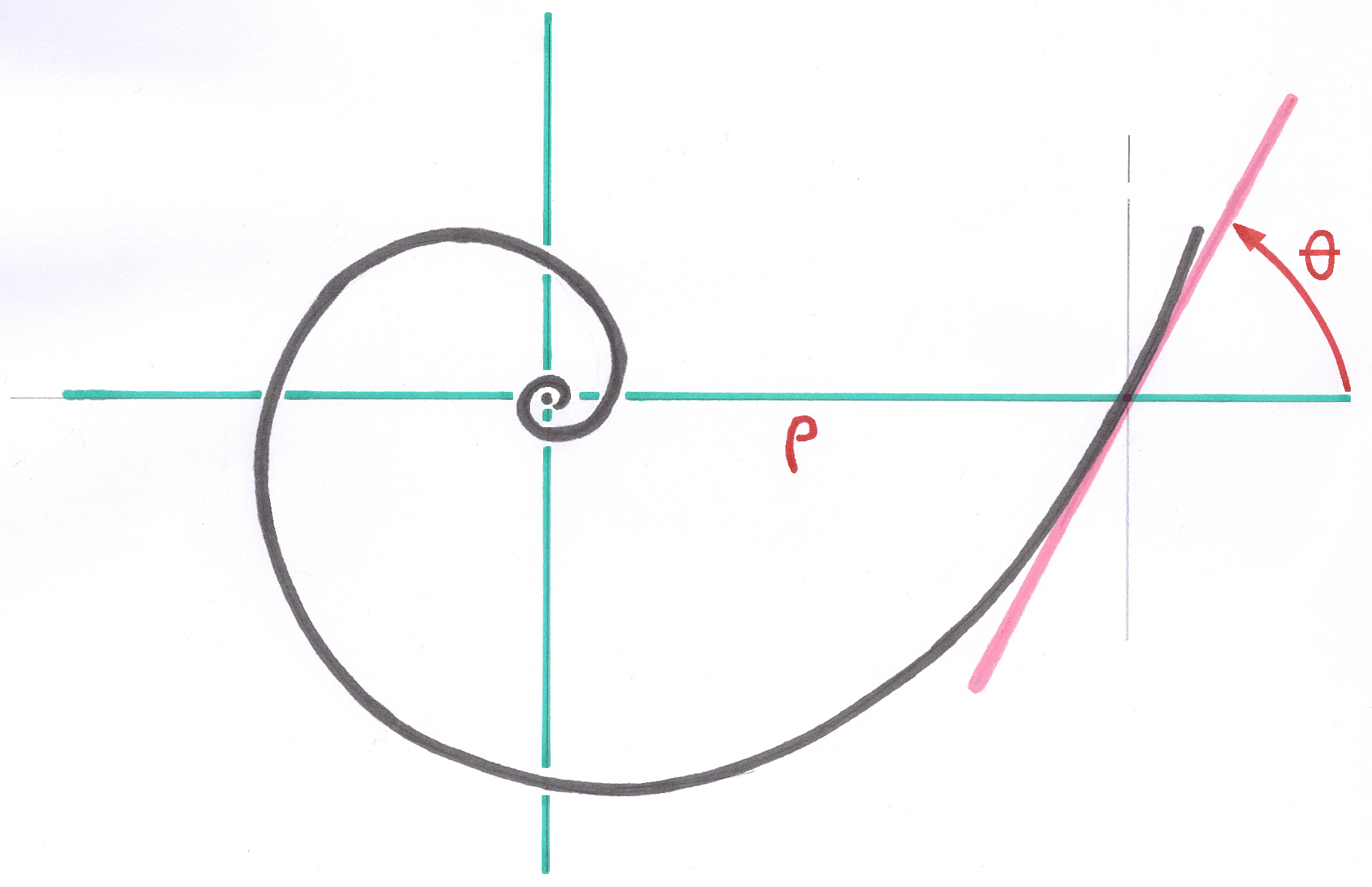2.1. Presentation of the Geometric Anchoring
To observe the nature, the human spirit develops hypotheses which must be mathematical, logically conclusive. The hypotheses acquire the character of Natural laws only if they were employed for the empirical experiment and were confirmed by this one. Werner Heisenberg, Nature in contemporary physics. Nobel Prize of Physics 1933.
2.1.1. A total concept of fixation
I developed the Geometrical Anchoring like a global concept of fixing of a cementless prosthesis stem of hip into the medullary cavity of a femur. This concept includes, under the denomination Geometrical Anchoring, my observations, my experiments of operating assistances, my interpretation of the observed phenomena and their mathematical modeling.
The ultimate goal of a prosthesis is to be "forgotten" by the patient and so that the implant tends gradually to become by him a natural element, the osteointegration is necessary.
My field of action is voluntarily limited to the application to the implants of biomechanics, the geometry and mathematics. Biology, the osteointegration and the clinical part are in margin of my field.
Geometrical Anchoring is for me the result of my contribution, in any case a competitor of osteointegration, but a means making it possible to reach it.
This concept of Geometrical Anchoring is fundamentally different from that of cementless prostheses called “anatomical”. It should not be confused with biological anchoring, while being compatible and complementary to it.
2.1.2. Satisfy the greatest number of patients
As the variety of forms of the medullary canal of the patients is large but that the variations are only of a few millimetres, it is these variations that it was necessary to remove, by rasping, boring or milling, and thus to create series of implants satisfying the greatest number of patients.
The quality of the fixing of the implant in the bone, obtained by this concept, has all the properties of fixings by conical junction. To apply this concept, in fact the bone will have to be adapted to the implant and not the opposite.
The cementless stems Zweymüller of the first generation were fixed in the bone by self-locking. This self-locking did not have yet the mathematical properties of a true conical junction but gave some a visual and manual impression.
2.1.3. Establish rules of uniformity of shapes and sizes
In addition, the stems of the first generation did not follow any laws of transition between successive sizes, and lengths, thicknesses, fixation angles varied in all directions. The neck lengths and proximal thicknesses against, did not vary at all.
These implants behaved like isolated stems, but having each one an adapted rasp. These implants constituted already a real progress among the uncemented stems, with many satisfactory results. On the other hand, as soon as the operator was to pass from a size to the following size, problems appeared, because the angles, the proportions, the forms of the cross sections, and the variations from one size to another, varied so much that the work of rasping was practically to remake.
Geometrical anchoring is the sum of the concepts and principles summarized, then developments which follow.
----
